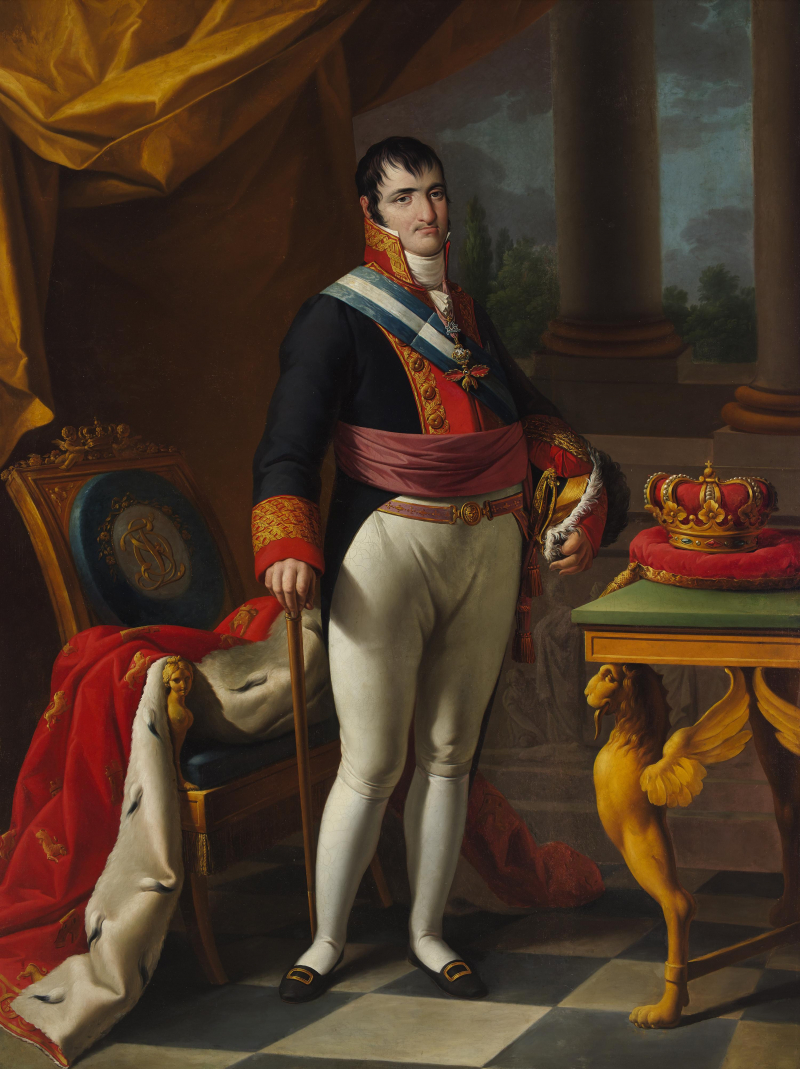Fernando VII’s Tumultuous Reign
Few kings had reigns as difficult as this Spanish monarch. The "Tumult of Aranjuez," the abdication of his predecessor Charles IV, in 1808, gave him the right to ascend to the Spanish crown. That same year, Napoleon had him imprisoned while the dictator of France pretended to be the leader of the French Revolution and transferred monarchical power to the people while invading Spain. In 1814, as the French forces left Spain, Napoleon freed him.
The Constitution of Cádiz, which among other liberal reforms curtailed the monarchy's power, was adopted by liberal independent forces in Spain in 1812 while the king was imprisoned. Ferdinand VII was not about to ratify a constitution that curtailed his recently recovered power and resulted in the imprisonment or exile of the liberals who had drafted it. He increasingly resorted to conservative elements, including his brother Don Carlos, in an effort to consolidate his position.
A key victory for the forces of progress came in 1820 when Colonel Rafael Riego joined the constitutionalists, sparking a civil war that Ferdinand ended the following year by ratifying the constitution. When royalist forces rebelled in 1822 and demanded that Ferdinand be released from the constitution he had signed, Spain descended once more into civil war. A royal French army invaded in support of the royalists, and Ferdinand once more exiled or imprisoned many of them.
In 1823, the liberals declared the constitution void. Or at least he did until 1830, when he declared Princess Isabella to be his heir apparent due to his lack of a male heir. When Don Carlos refused, a new civil war broke out, forcing Ferdinand to once again work with the liberals he had spent years suppressing. Until his passing in 1833, his sympathies would still be with them. His numerous attempts to reverse development in Spain continue to draw harsh criticism from liberal historians.
- Time: 1808, 1813 - 1833












